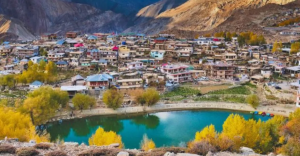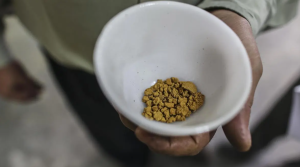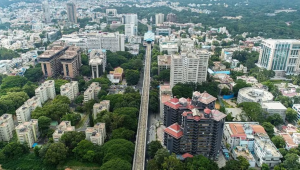
Preparing For A Career In Sustainable Architecture
The growing demand for architects skilled in eco-friendly and climate-resilient design as India’s construction sector shifts toward sustainability. It emphasizes that sustainable architecture integrates energy efficiency, green materials, waste reduction, and harmony with local ecosystems. The article outlines key steps for aspiring professionals — pursuing specialized degrees in green building design, environmental planning, or sustainability studies, and gaining certifications such as LEED or GRIHA. Practical exposure through internships, digital design tools, and collaboration with urban planners and environmental engineers is also crucial. Experts stress that beyond technical skills, sustainable architects must cultivate a mindset of environmental responsibility, balancing aesthetics with long-term ecological impact.






